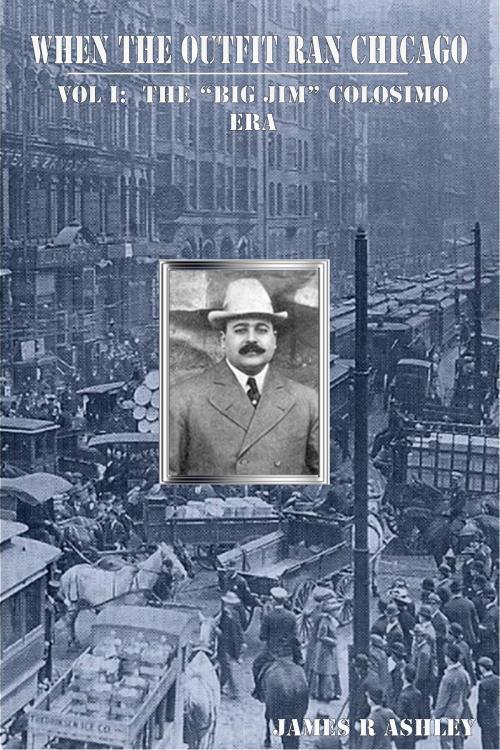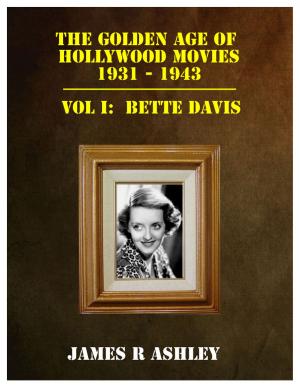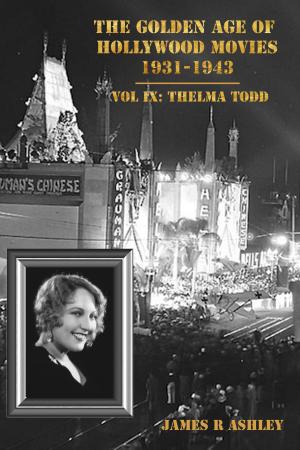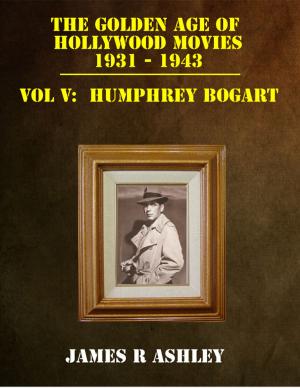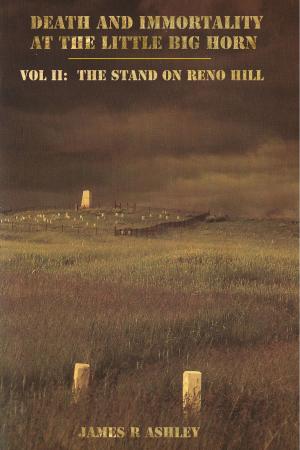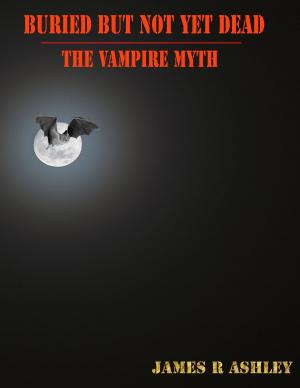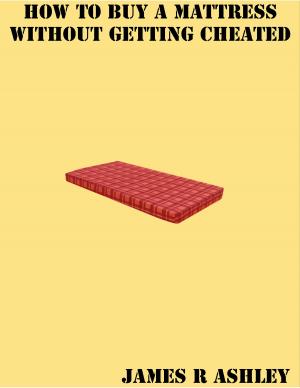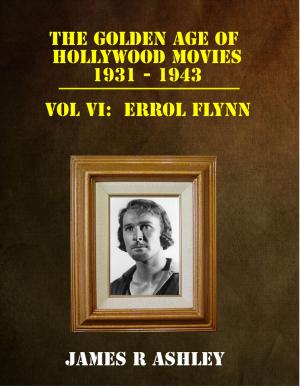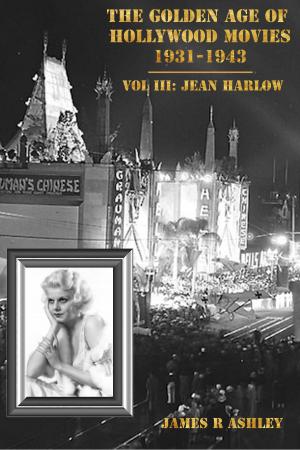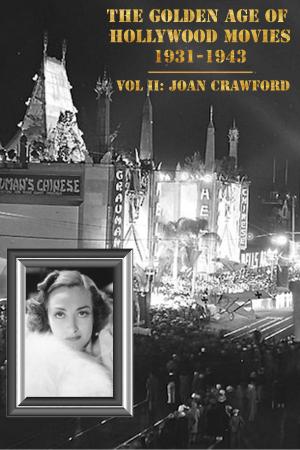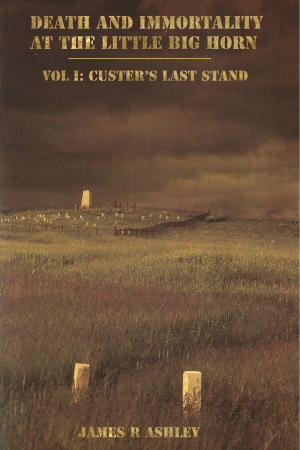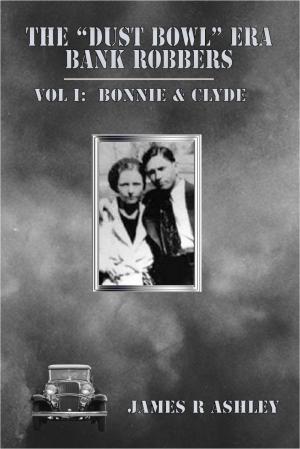| Author: | James R Ashley | ISBN: | 9781301525959 |
| Publisher: | James R Ashley | Publication: | July 31, 2013 |
| Imprint: | Smashwords Edition | Language: | English |
| Author: | James R Ashley |
| ISBN: | 9781301525959 |
| Publisher: | James R Ashley |
| Publication: | July 31, 2013 |
| Imprint: | Smashwords Edition |
| Language: | English |
Jim Colosimo began the 1890s as a newsboy, bootblack, and a thief. After becoming a skilled pickpocket at 18, Colosimo acquired a “stable” of girls and became a pimp. When “heat” from law enforcement put an end to Colosimo’s criminal enterprises, he obtained employment as a street sweeper. He was soon promoted to foreman and in that capacity organized the sweepers into a social and athletic club.
Proving his worth to the Michael Kenna-John Coughlin political “machine” of the 1st Ward by delivering the votes of his street sweepers, his pimp friends and their prostitutes, and the apartment tenants around where he lived, Colosimo was soon made a precinct captain, which gave him immunity from arrest. The prescient captains virtually ran the political organization in Chicago. Colosimo then stepped up to become a protection bagman (collector) for the 1st Ward.
When Coughlin married Victoria Moresco (a brothel madam) in 1902, he moved up from knocking out slow-paying madams with brass knuckles to owning a string of 100 bordellos (one of which he named after his wife), gambling joints, and opium dens. He was now king of the Levee pimps and led them in their war against the Morals' Squad.
Colosimo was now making mover $50,000 a month, which was more than enough for his needs. He now started to live the “good life,” spending more and more time entertaining at Colosimo’s Café, his world-class restaurant. Johnny Torrio came from Brooklyn to help Torrio to run his bordellos, so that Colosimo could spend ever more time socializing with the politicians, industry titans, and movie stars patronizing his restaurant.
Torrio clearly saw that fortunes were to be made with the passage of Prohibition. Other gangs saw it too and began gearing up bootlegging operations, but Colosimo refuses to allow Torrio to get involved. Any Prohibition violations would come under federal law and would be difficult and expensive to buy off and, any convictions would result in stiff jail sentences. Colosimo did not need the money; he was making more than he could ever spend and at this stage of his life preferred not to “rock the boat.” This did not suit Torrio, however, because he was in crime for the huge money to be made.
Colosimo now married the angelic 19-year-old church singer Dale Winter. After his marriage Colosimo virtually abandoned his duties as the leader of his gang to dote on Dale. This was the last straw for Torrio. He contacted his old friend from Brooklyn Frankie Yale and paid him $10,000 to come to Chicago and murder Colosimo. About two weeks after his marriage to Dale, Colosimo was found dead in the vestibule of his restaurant. Jonny Torrio now ruled the Levee.
The reformers were determined to close the Levee and the newspapers supported their efforts with a constant drum-beat of articles exposing the lawlessness and depravity there. The beginning of the end came when Mayor Harrison was given a brochure on the Everleigh Club in St Louis and asked if it really represented Chicago as it claimed. Enough was finally enough and the enraged mayor issued an order to close down the infamous whorehouse. On October 24, 1911 the Everleigh Club threw a farewell party and closed its doors forever. A tidal wave now swept over the Levee as whorehouse after whorehouse was padlocked shut by the police. As the prostitutes drifted off to other areas of the city, the saloons and opium dens soon followed and before long the deteriorating vacant buildings became “flophouses” for the “down-and-outers.”
Whatever political power was left in the 1st Ward was now assumed by Johnny Torrio, then by Al Capone. Kenna and Coughlin were allowed to retain their positions only as long as they did what they were told. The Al Capone era was dawning and the empire 'Big Jim" Colosimo had created would be largely eclipsed by titanic struggle that would now be waged by the Outfit in its conquest of Chicago.
Jim Colosimo began the 1890s as a newsboy, bootblack, and a thief. After becoming a skilled pickpocket at 18, Colosimo acquired a “stable” of girls and became a pimp. When “heat” from law enforcement put an end to Colosimo’s criminal enterprises, he obtained employment as a street sweeper. He was soon promoted to foreman and in that capacity organized the sweepers into a social and athletic club.
Proving his worth to the Michael Kenna-John Coughlin political “machine” of the 1st Ward by delivering the votes of his street sweepers, his pimp friends and their prostitutes, and the apartment tenants around where he lived, Colosimo was soon made a precinct captain, which gave him immunity from arrest. The prescient captains virtually ran the political organization in Chicago. Colosimo then stepped up to become a protection bagman (collector) for the 1st Ward.
When Coughlin married Victoria Moresco (a brothel madam) in 1902, he moved up from knocking out slow-paying madams with brass knuckles to owning a string of 100 bordellos (one of which he named after his wife), gambling joints, and opium dens. He was now king of the Levee pimps and led them in their war against the Morals' Squad.
Colosimo was now making mover $50,000 a month, which was more than enough for his needs. He now started to live the “good life,” spending more and more time entertaining at Colosimo’s Café, his world-class restaurant. Johnny Torrio came from Brooklyn to help Torrio to run his bordellos, so that Colosimo could spend ever more time socializing with the politicians, industry titans, and movie stars patronizing his restaurant.
Torrio clearly saw that fortunes were to be made with the passage of Prohibition. Other gangs saw it too and began gearing up bootlegging operations, but Colosimo refuses to allow Torrio to get involved. Any Prohibition violations would come under federal law and would be difficult and expensive to buy off and, any convictions would result in stiff jail sentences. Colosimo did not need the money; he was making more than he could ever spend and at this stage of his life preferred not to “rock the boat.” This did not suit Torrio, however, because he was in crime for the huge money to be made.
Colosimo now married the angelic 19-year-old church singer Dale Winter. After his marriage Colosimo virtually abandoned his duties as the leader of his gang to dote on Dale. This was the last straw for Torrio. He contacted his old friend from Brooklyn Frankie Yale and paid him $10,000 to come to Chicago and murder Colosimo. About two weeks after his marriage to Dale, Colosimo was found dead in the vestibule of his restaurant. Jonny Torrio now ruled the Levee.
The reformers were determined to close the Levee and the newspapers supported their efforts with a constant drum-beat of articles exposing the lawlessness and depravity there. The beginning of the end came when Mayor Harrison was given a brochure on the Everleigh Club in St Louis and asked if it really represented Chicago as it claimed. Enough was finally enough and the enraged mayor issued an order to close down the infamous whorehouse. On October 24, 1911 the Everleigh Club threw a farewell party and closed its doors forever. A tidal wave now swept over the Levee as whorehouse after whorehouse was padlocked shut by the police. As the prostitutes drifted off to other areas of the city, the saloons and opium dens soon followed and before long the deteriorating vacant buildings became “flophouses” for the “down-and-outers.”
Whatever political power was left in the 1st Ward was now assumed by Johnny Torrio, then by Al Capone. Kenna and Coughlin were allowed to retain their positions only as long as they did what they were told. The Al Capone era was dawning and the empire 'Big Jim" Colosimo had created would be largely eclipsed by titanic struggle that would now be waged by the Outfit in its conquest of Chicago.
